
Is amber really a fundamental part of our history? Maybe it is just a myth? This question is raised by the international exhibition of the National Museum of Lithuania - "1 000 000 steps: The Amber road from Rome to the Baltics". The exhibition takes visitors to the world of antiquity, in which amber was a luxury item. And, although the Roman Empire was wealthy and prosperous with gold and other resources, it was always in search of something more. Amber, which was considered a luxurious and expensive commodity, is now called Lithuanian gold.
Each exhibit of the display tells a unique story of amber - you just need to hear it. After visiting the exhibition, you might look at amber and your ancestors in a completely different way/ Director of the National Museum of Lithuania - Dr. Rūta Kačkutė tells about the unique exhibition and about amber as an essential part of our history.
- For the first time in Lithuania such an enormous exhibition is being held. What is the main idea of this unique exhibition and how did the idea of it arise?
- The idea to hold such an exhibition emerged a long time ago. As a scientist, I study this period of history and there is one interesting story. For the first time in written sources, not some distant territory is described, but a very definite story of how the Romans, on the order of Emperor Nero, were sent to the Baltic Sea for amber. This is a story about us, and that's how the idea of the exhibition came about.
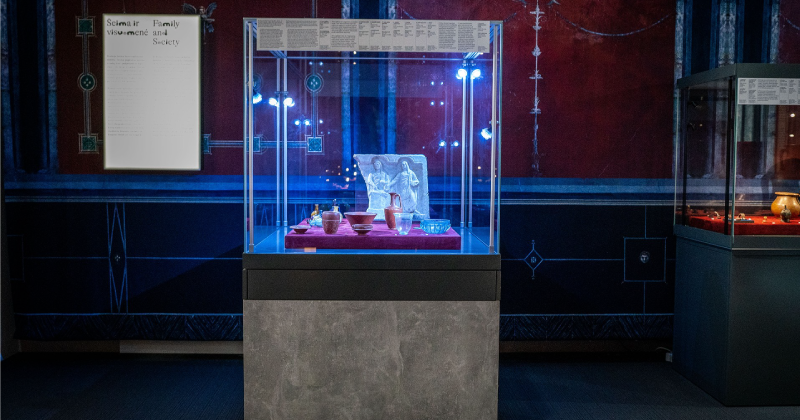
What's next? I wanted to show in detail how the whole path of amber looks like. These are two completely different civilizations. The main goal was to show what gives a clash of two cultures? How does the exchange of ideas take place? What gives the contact of people of different cultures? In the current context, when there are so many wars and conflicts, and we are talking about the European Union, cooperation is very important. I wanted to see how communication took place 2,000 years ago. All these questions led to the creation of the exhibition.
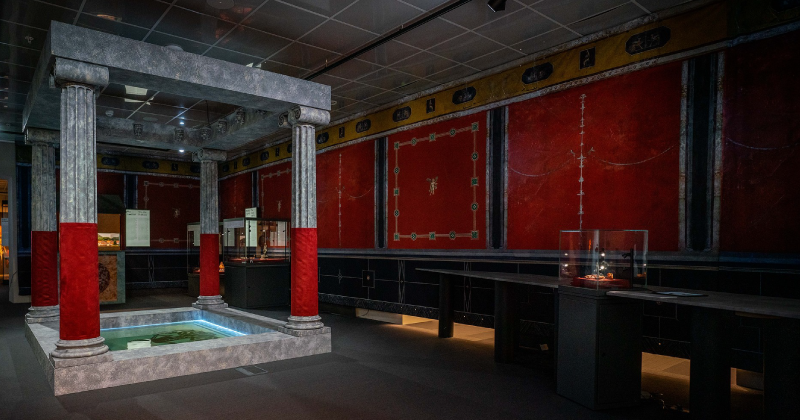
- "1 000 000 steps: The Amber road from Rome to the Baltics" - what is encrypted in the title of the exhibition and what kind of road are we talking about?
- An ancient source indicates the miles from the city of Karnunta to the shores of the Baltic Sea. We converted this distance to kilometers and turned it into steps. A million steps is a symbolic number, it is not exact. The meaning of this particular number is that this is a fairly large distance that had to be traveled to the Baltic Sea.

Of course, this information is based on documents, the number is not completely fictional - it is approximate. Why did we decide to count the distance in steps? In those days, travelers walked most of the way on foot. We identify various means of transport, but what is important to understand is how the journey took place in ancient times - the legionnaires who accompanied and guarded the expedition went on foot.
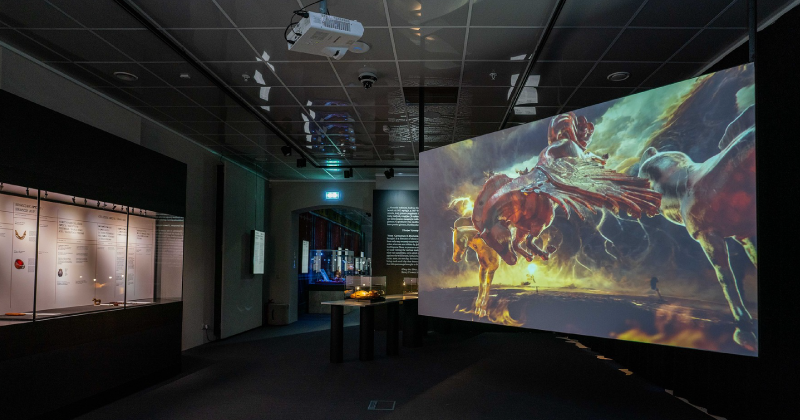
- Various amber products and historical artifacts arrived at the exhibition from different countries. The cost of things, clothing and household items recreated especially for the exhibition reaches one million euros - how long did it take to prepare for the exhibition and what difficulties did you have to face?
- The idea was born 3 years ago. Then the search for materials began. In Aquileia were the main workshops in which unique products were created. We knew that these products exist and that they need to be collected from museums and brought to Lithuania. There were other difficulties - how to show the Romanian army, how to depict the city of Carnunte, how to demonstrate the road itself and vehicles, and also to explain what was saved and what was not. We had to plan everything in detail, step by step. We ourselves had to visit a huge number of museums and see what is suitable and what is not.
- What would you name as your biggest challenge while preparing for the exhibition?
- The most difficult thing is to get all the permissions and fulfill all the conditions of the museums with which we cooperate. We collaborate with the Museum of Historical Art in Vienna, which has the largest and most impressive collection in the world. Another museum is the National Archaeological Museum of Aquileia, where the most amazing pieces of amber are found. Amber is very fragile and its storage conditions are special. The main difficulty for us was to fulfill the conditions of the museum. We must constantly control the level of humidity, heat, and temperature. What is more, we must properly store the exhibits, as their value reaches one million euros. It is a huge responsibility and our biggest challenge.
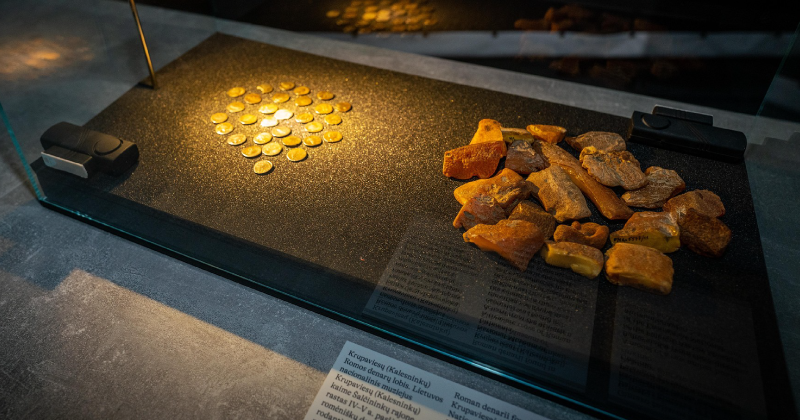
- The exhibition is aimed at people of all ages. What new things can be learned by visitors of the older generation who are interested in history and what can surprise young people?
An older person and someone who is really interested in history will be astonished by the amber exhibits that we have brought from foreign countries because these are the most impressive items in the world that have never been in Lithuania, so they are truly unique.
For the first time, Roman weapons and uniforms of legionnaires were also delivered to Lithuania. These exhibits evoke strong emotions in visitors. At the exhibition, there are products from Poland and Lithuanian material - selected "pearls".
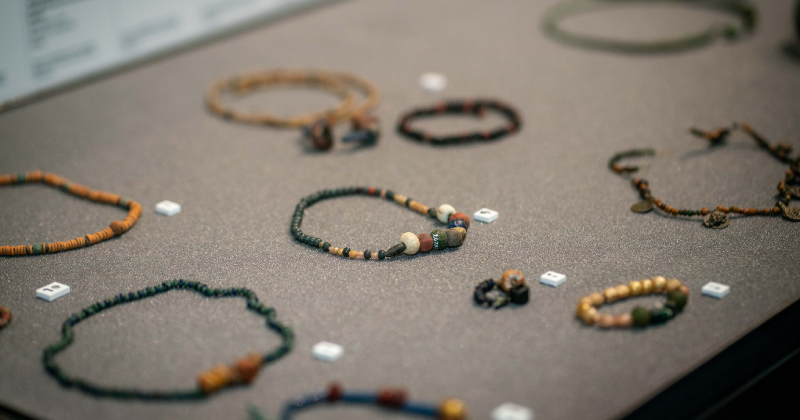 In this exhibition, genius lies in simplicity, where you feel the exhibition and participate in it.
In this exhibition, genius lies in simplicity, where you feel the exhibition and participate in it.
- At expos, people are used to seeing white walls and showcases. However, this exhibition is different. The scenography makes a strong impression. Moreover, we show an interesting film about myths and amber, and visitors stop and watch. Visitors are also interested in the environment itself, in everyday life. Little children like the idea of a pool in the houses of the Romans. Near the stand with a reproduction of the city of Pompeii, both adults and children can stop and look at the details of the city for a long time, discovering new details.
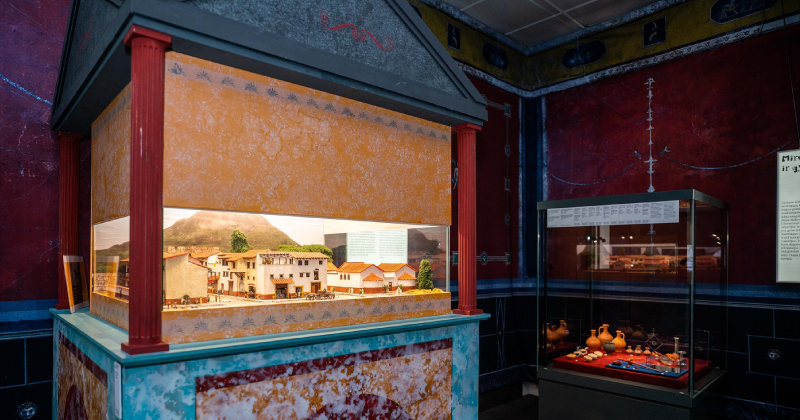
In another hall, you can travel in a Roman limousine - a chariot and feel what it means to ride in such a vehicle. You can also try out a boat - a beach with real sand that has been created for children. On an artificial beach overlooking the sea, you can dig in the sand and find real amber. There are a lot of things you can touch and try at the exhibition - the genius lies in simplicity, you can just feel the exhibition and participate in it.
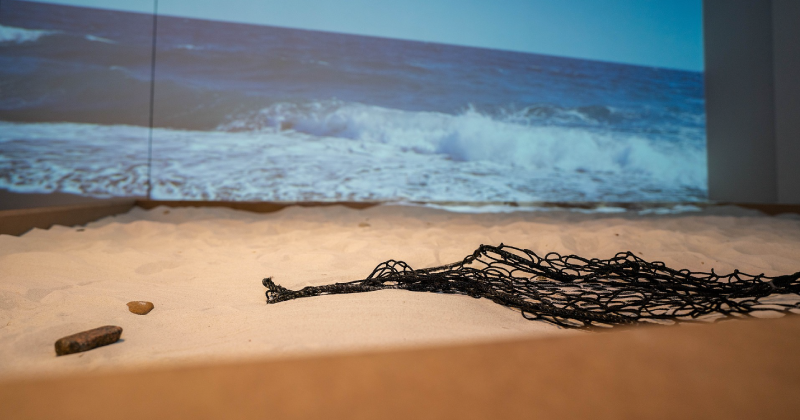
- The exhibition takes visitors back to ancient times when amber was an expensive commodity. What is society's view of amber today?
- If we look at the history of amber in the Stone Age - amber was used in rituals. Later, during the Roman period, amber became a subject of exchange. The inhabitants valued amber as a commodity, but they did not produce anything from it. We can say that thanks to the Romans, amber acquired its value. Later, amulets and jewelry from amber began to be made in our territories. But in fact, amber came to us only at the end of the 19th century, at the beginning of the 20th century, with an independent idea of the revival of Lithuania, when we were looking for our identity. And amber has become part of this identity. And how are things now? We still believe that amber is an important part of us.
At the exhibition, you can see high-quality products created by the craftsmen of Aquileia from amber for jewelry, as well as amulets, which, according to the people of that time, protected them from evil and disease. Do you think people still believe in the power of amber?
A lot of people believe in the healing powers of amber, and this is evidenced by many products containing amber, and procedures that include it. If people didn't believe in it, it wouldn't exist. Nowadays, many toddlers wear amber necklaces, this is the same tradition that the Romans had 2000 years ago. The exhibition presents a lot of amulets whose main purpose was to protect a small child from all misfortunes. It is also scientifically proven that amber has healing properties.
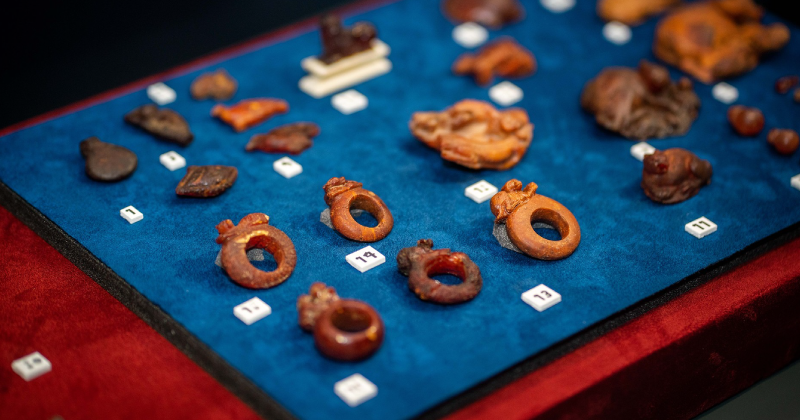
- What connection do we have with amber today, are the traditions saved?
- We all have amber at home, small pieces in a jewelry box, or grandmother's jewelry - a necklace, a bracelet, or a ring. It is a symbol of our past and connection with our ancestors. In the home of every Lithuanian, we will find some amber. Near the sea, we are always looking for pieces of amber in the sand. For us, amber is definitely an important element.
- And in conclusion, what are the reviews about the exhibition and what surprises visitors so much?
- The main thing is the tradition presented in a modern form, which always excites people. We are very happy and proud of this exhibition. Visitors really learn a lot, although we do not tell them anything new - everything is described in school textbooks.
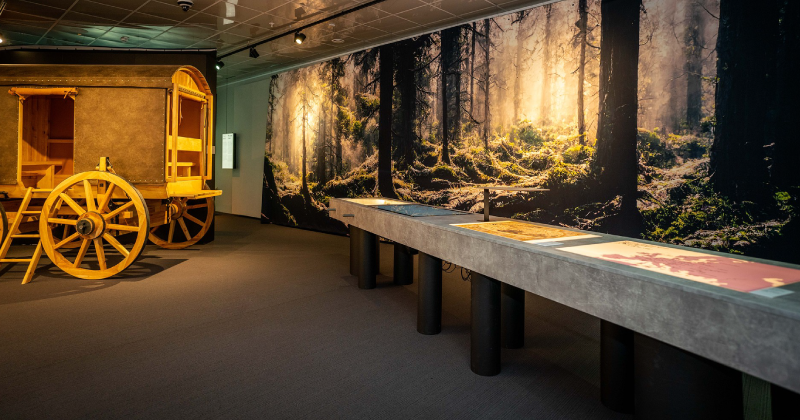
Visitors will find out what the products were, how the journey looked like. They really get a lot of experience and emotions. People are also surprised by the fact that all this happened 2000 years ago. One of the main goals is to show what the Romans did with amber - they created works of art. On the other hand, it was important to show the value of amber. The Romans compared a piece of amber with two slaves. So the value of amber just allows you to look at these things in a different way.

“1,000,000 Steps: The Amber road from Rome to the Baltics” is an amazing and original international exhibition of the National Museum of Lithuania, which will run until May 8 at the House of History.